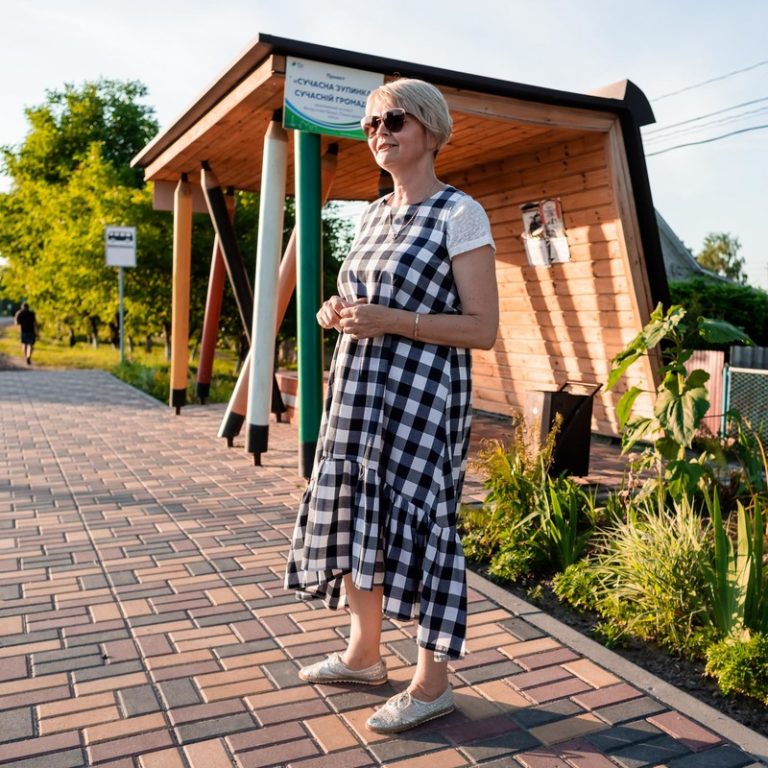The Kniahynynivska Amalgamated Hromada in Volyn formed in September 2016 when there were operating 200 Hromadas in Ukraine. The local inhabitants didn’t give too much credit to the upcoming changes at first, though today the Hromada is an example of successful unifying and implementation of ideas. A frozen berries factory that will be exporting products to different continents is being built in the village Kniahynynok. The local school stadium was turned into a sports complex accessible for everyone. The Hromada installs garbage bins for waste sorting and takes care of the environmental safety of the area. The local volunteers implement creative projects here such as decorated bus stops and street library with books in creative-looking fridges.
The Kniahynynivska Hromada united nine communities with a population of nine thousand people. Local inhabitants are involved in agriculture, wholesale and retail trade. Majority of the population commutes for work to Lutsk, 7 kilometres from the Hromada.
The Hromada budget totals 55 million UAH. The head of the Hromada Olena Tverdokhlib says that the budget gets filled with profit from commercial lands that the investor pays in a share towards the village or settlement infrastructure development.
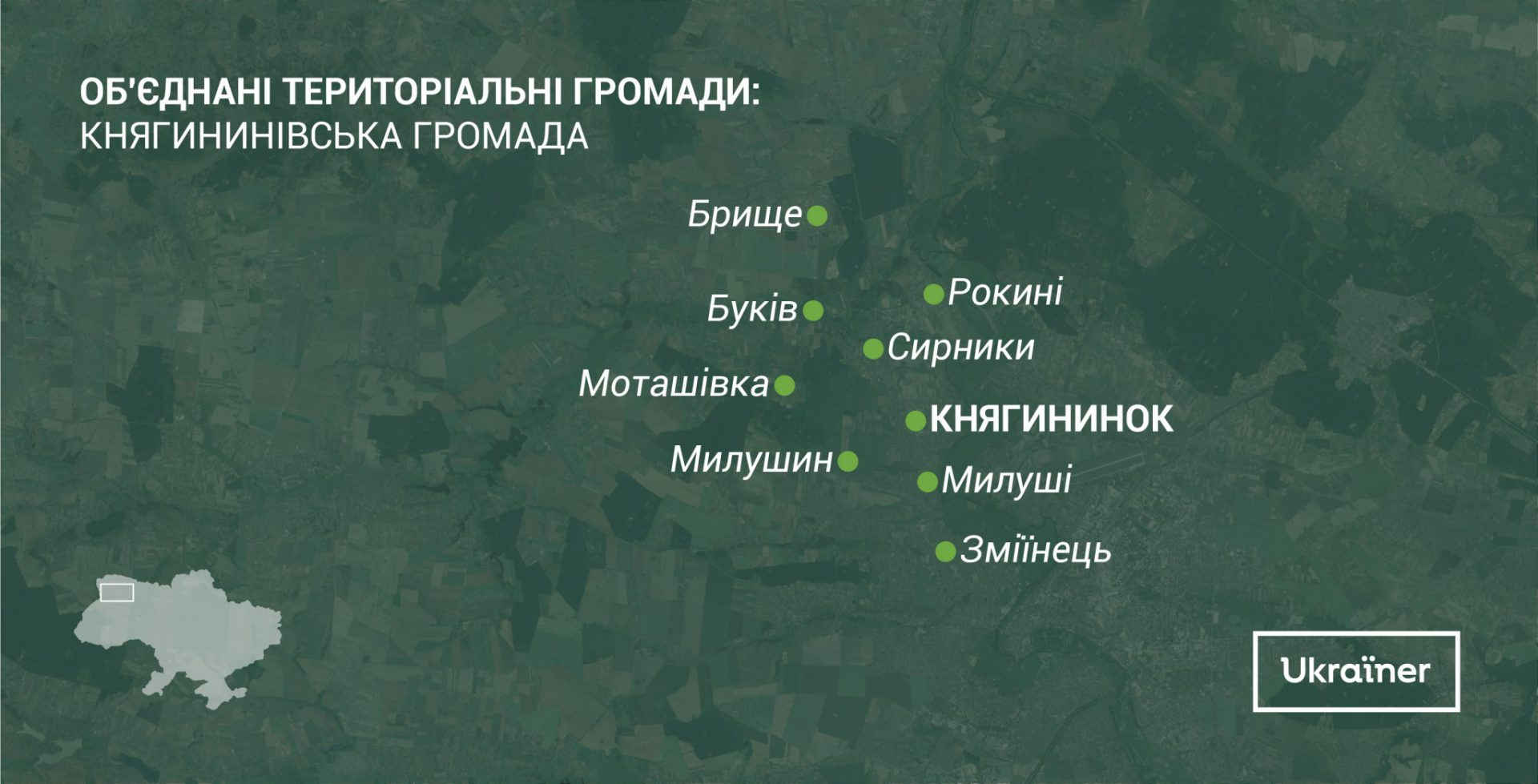
— Over the last couple of years, we have changed three hundredfold, I think. Firstly, people’s way of thinking has changed. They began perceiving things that take place here differently. Secondly, financial changes since there is a bigger share of the budget for each member of Hromada. We can see that nowadays there is a demand for local real estate because people want to live here. It is great in my opinion because even though we are located not far from Lutsk nobody showed much interest in our real estate before.
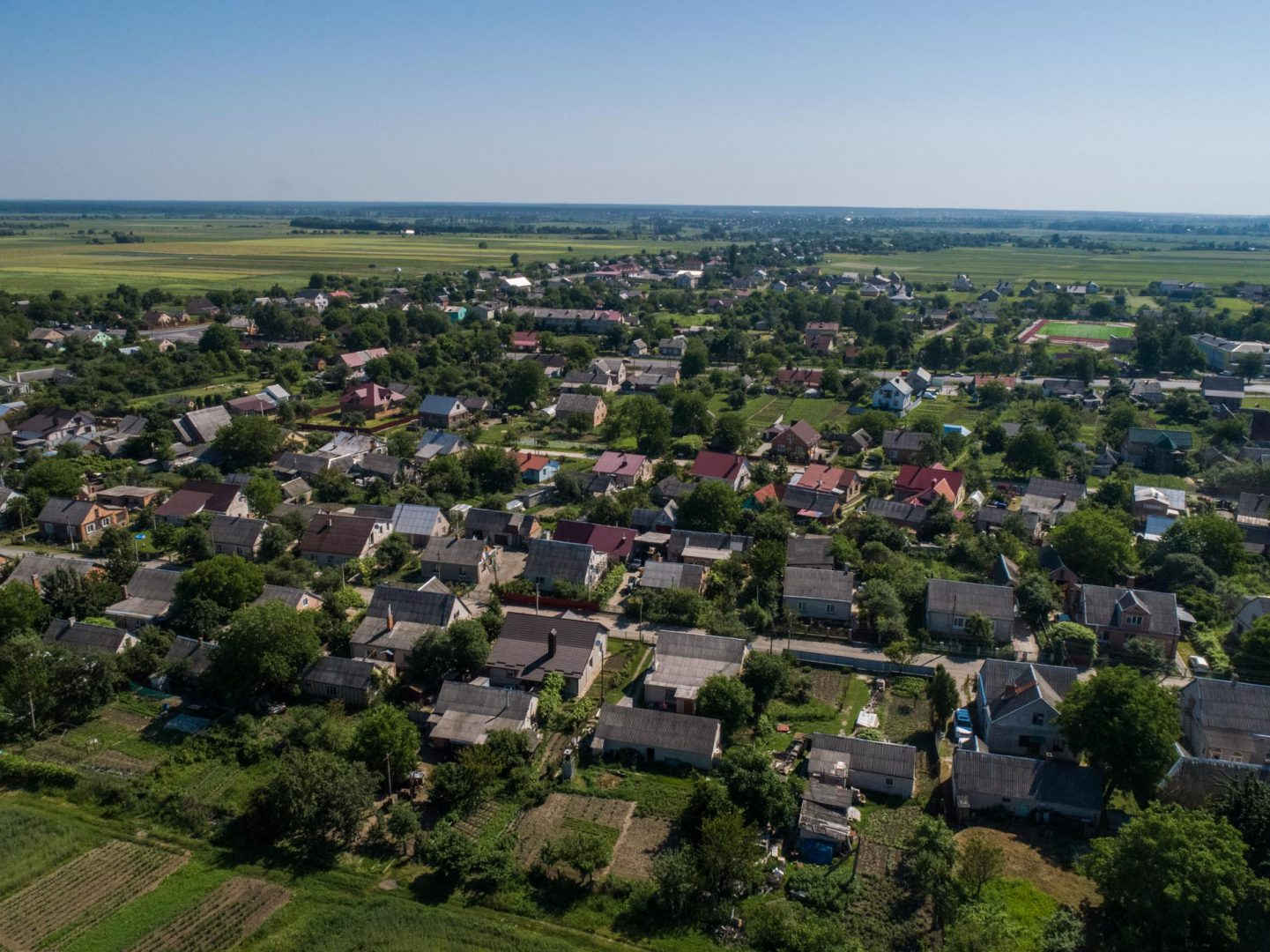
The village Kniahynynok was mentioned in the old records back in the 12th century. In 1964 the village was renamed in Maiaky and 2016 as part of decommunization process it got its old name:
— From the history lessons at school, I learnt that Khrushchev came and said: What is this Kniahynynok about? What “kniaz” lives here? (“kniaz” stands for “prince” in Ukrainian and the name of the village Kniahynynok goes back to the times of Kyiv Rus Principality) Let the village have the same name as the collective farm Maiaky. So when I became the head of the Hromada I went through the process of renaming the village back to the old way. At first, I couldn’t accept it because I was born in Maiaky and had to live in Knaihynynok. At present, I understand that it was the only right way, because we come back to our roots, to our past.
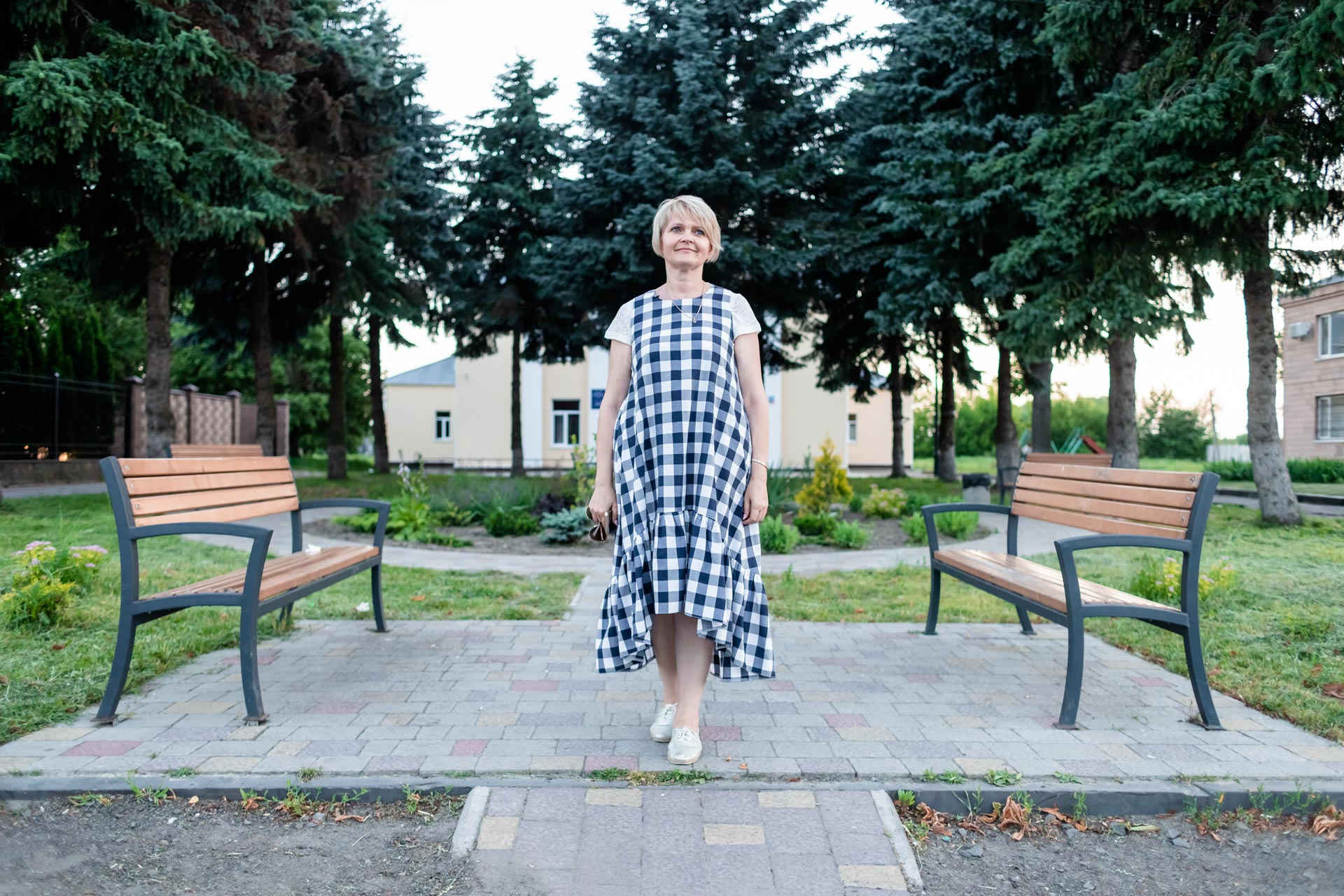
Olena Tverdokhlib tells us that the Hromada managed to collect a great team of devotees with the ideas for common development. The head of the Hromada took notice of some members of the community that were interested in particular topics and asked numerous questions during the meetings. Eventually, these people started coming to other round tables and created their projects.
— I would like the next head of the Hromada to have a wider look at the Hromada’s development and it would be great if it is a young person. I see that our young people have incredible opportunities! So many young people get an education abroad. I hope they will come back and will bring their knowledge and transform our community into something unique for Ukraine. My goal always was to start building a new miniature Ukraine in our Hromada, with own traditions, new bus stops, roads and own sports stadium. I think we will succeed due to passionaries that inspire others.
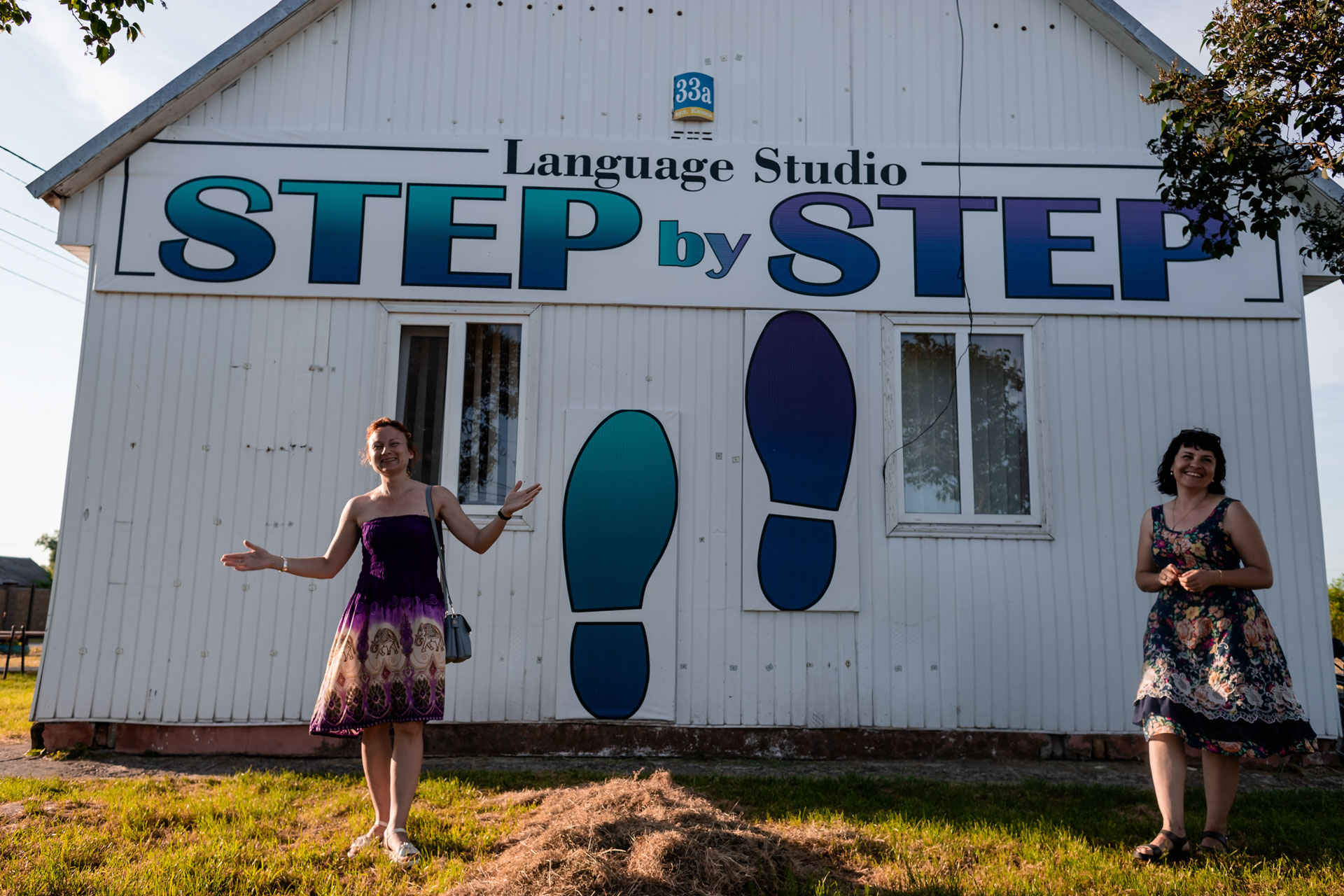
At the end of the 1990s, Olena Tverdokhlib went to Czech to work as a seamstress. After 7 years she came back to Ukraine and together with her friend founded a business. At first they were fixing clothing and after a while, they were able to open their clothing production for babies. In 2015 Olena Tverdokhlib got elected as the head of the village council and in a year she headed the Hromada:
— I decided that I have to change the life in our Hromada since I live here myself and I want our descendants to live a better life. The decentralization reform has multiplied our budget ten times and opened opportunities for improvements. You can do anything if you believe in it, have a strong wish and you are willing to work hard. This is a pretty simple recipe for everyone.
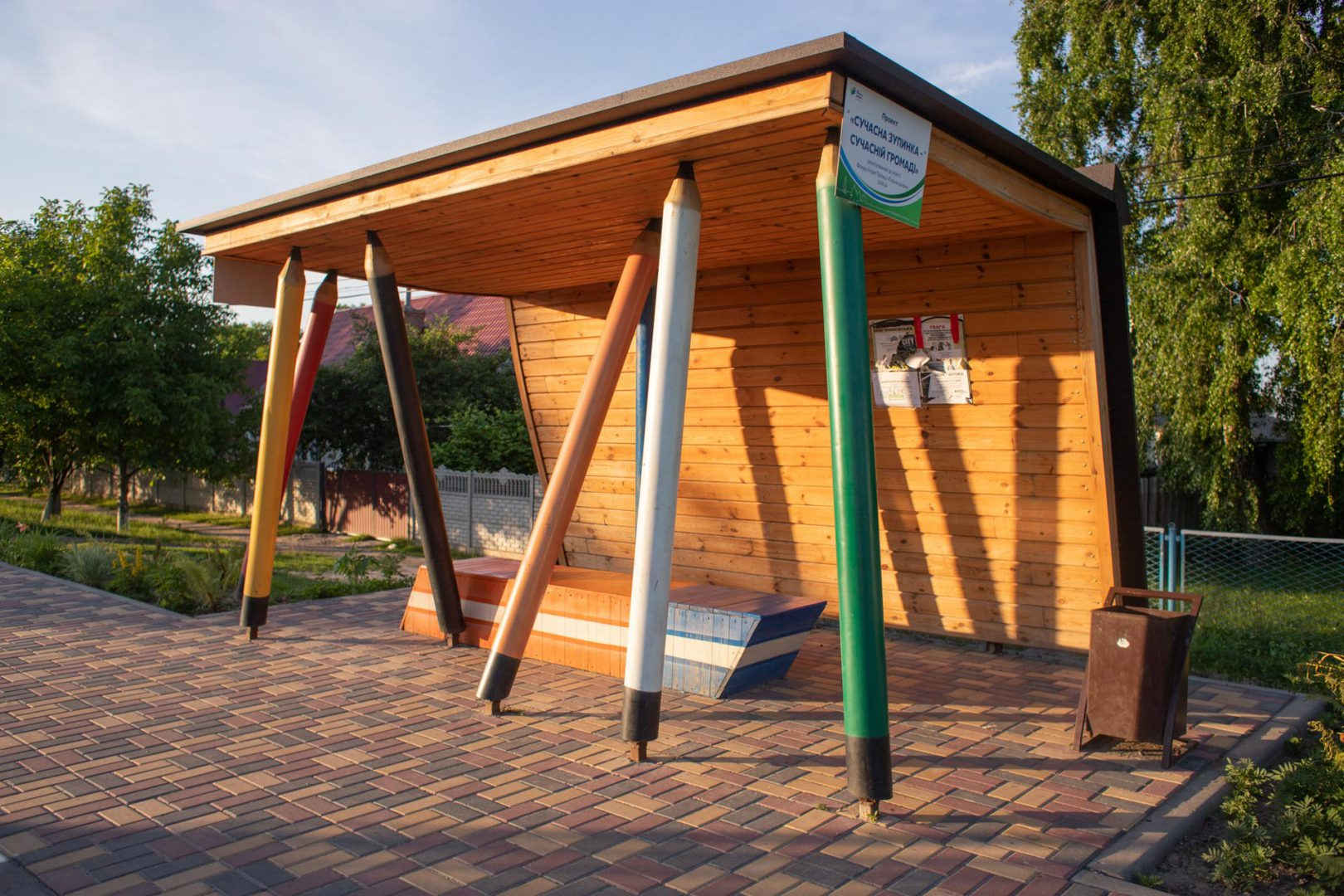
Creative bus stops
The Kniahynynivska Hromada is well-known for beautifully decorated bus stops. On top of that, they have installed a couple of bus stops that were built using the gabion technology (a wirework container filled with rock, broken concrete, or other material, used in the construction of dams, retaining walls – author.) Near the school in Kniahynynok the Hromada built a bus stop in the form of an open book resting on pencil-looking columns.
— We have decided that there should be an interesting-looking bus stop near the school so that it looked inspiring for children to come to school every day and get knowledge. On the way home, they get rest on a bench that looks like a pencil eraser. To my mind, this bus stop is appealing not just for our children but for everyone who drives by. A zest like this can attract attention from all over Ukraine and maybe our example will inspire people from other regions to create a Hromada.
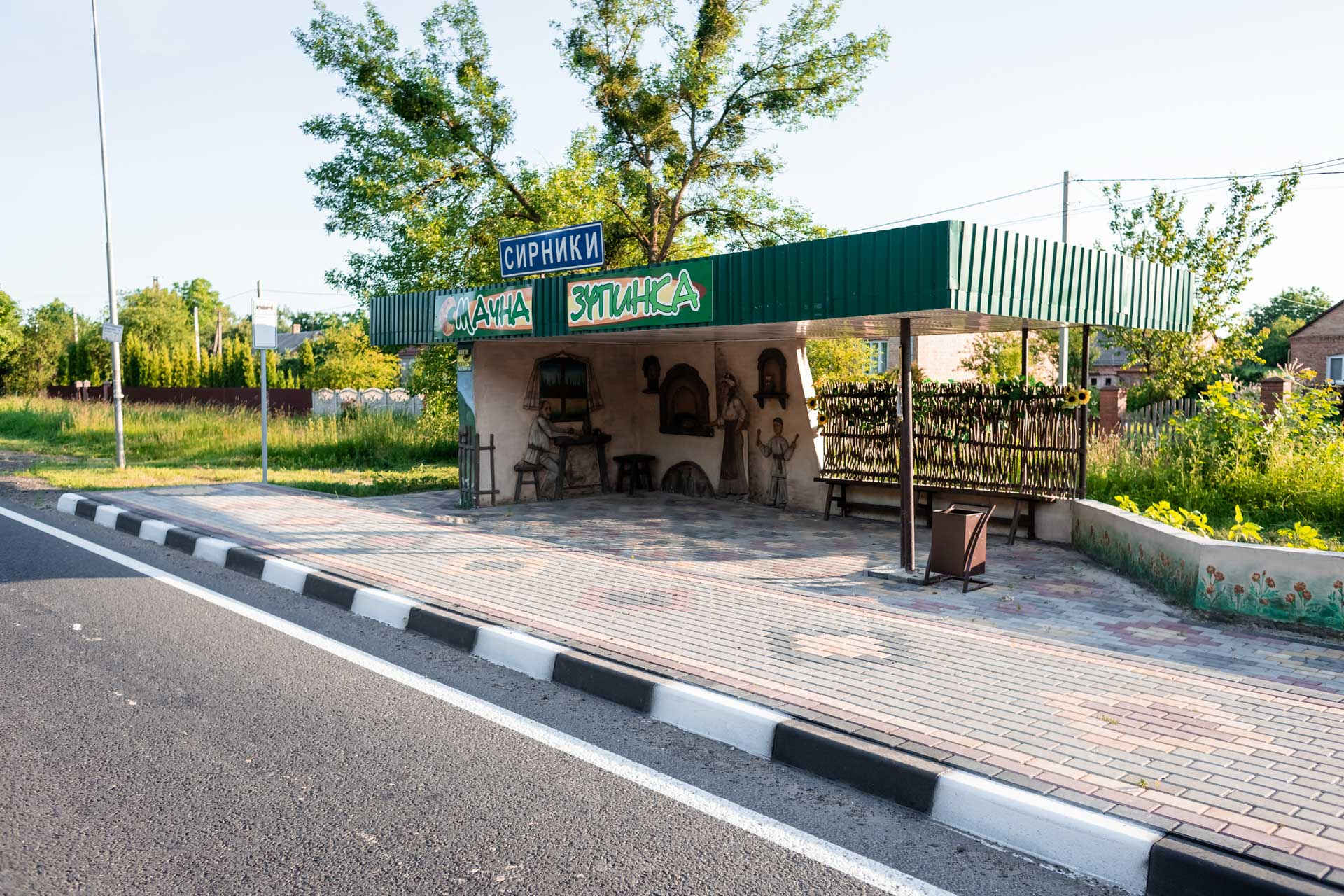
In the village Syrnyky, that is part of the Hromada, they have built a “tasty” 3D bus stop in the form of the village kitchen. The head of the Hromada Olena Tverdokhlib says that the authors of the project are local activists that were looking for funding and outsourced the artists to repair the bus stop.
— This bus stop was the first to be repaired before this road got fixed. We got a permit to keep the bus stop intact during the road repair. We also had to apply for permits to renovate the bus stop with our own money. The village council allocated 20 thousand UAH and the volunteers collected the rest of the necessary funds. It is a great example when conscientious people make things from scratch. It’s so nice because they care about what they do.
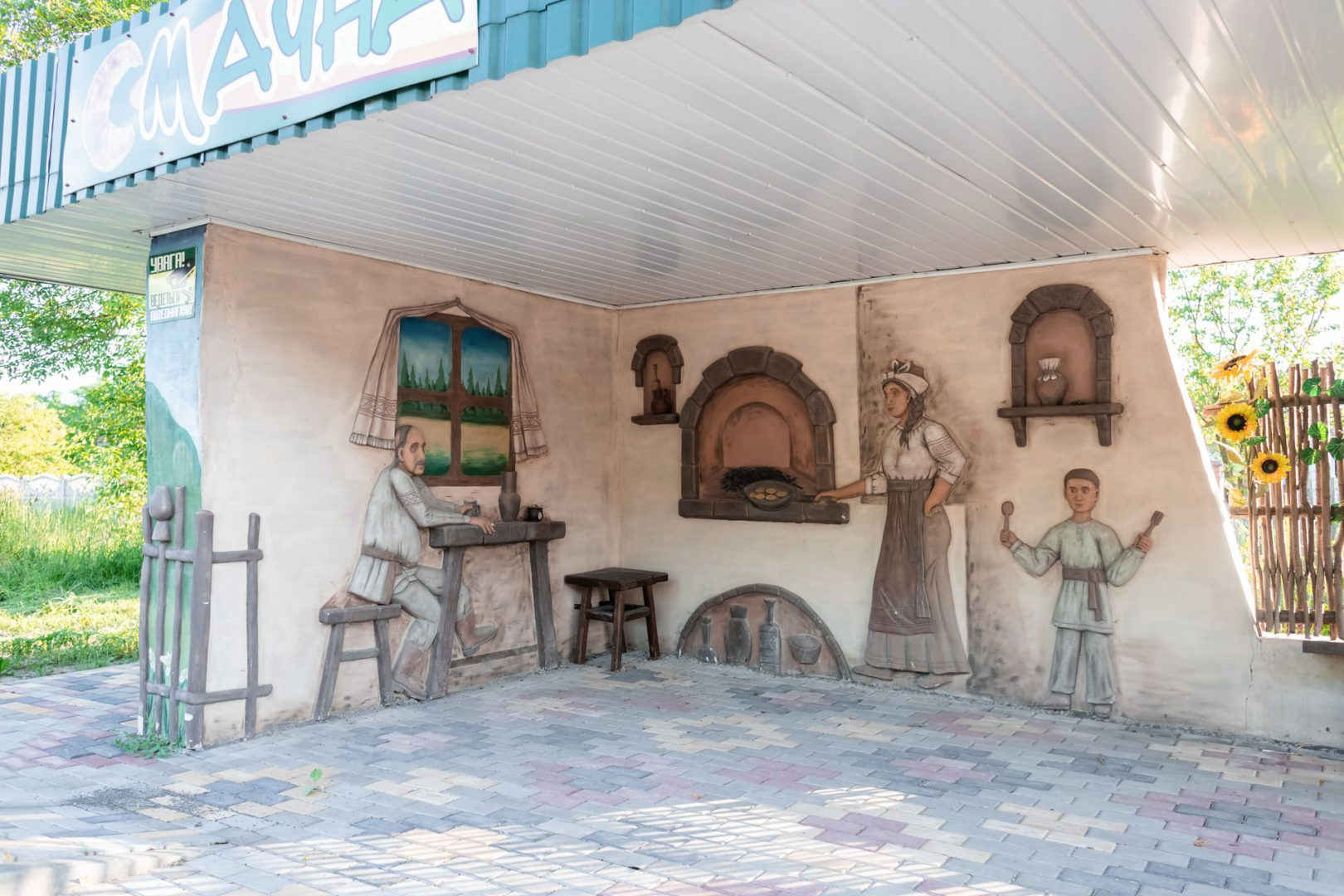
Surveillance cameras have been installed to record violations on the territory of Kniahynynivska Hromada along the international highway, M19. Olena Tverdokhlib tells us that unfortunately after the road got repaired the number of traffic accidents increased and the installation of cameras became an urgent matter. They are in-network with the regional police station. Due to them, the police were able to solve a couple of cases: stolen cars and an armed attack on the gas station. This project was supported by the members of the Hromada unanimously.
— We have cameras installed near all educational institutions. It was my initiative to have cameras instead of guards. It is children’s security and security of those who use the road. The members of the Hromada supported this project unanimously.
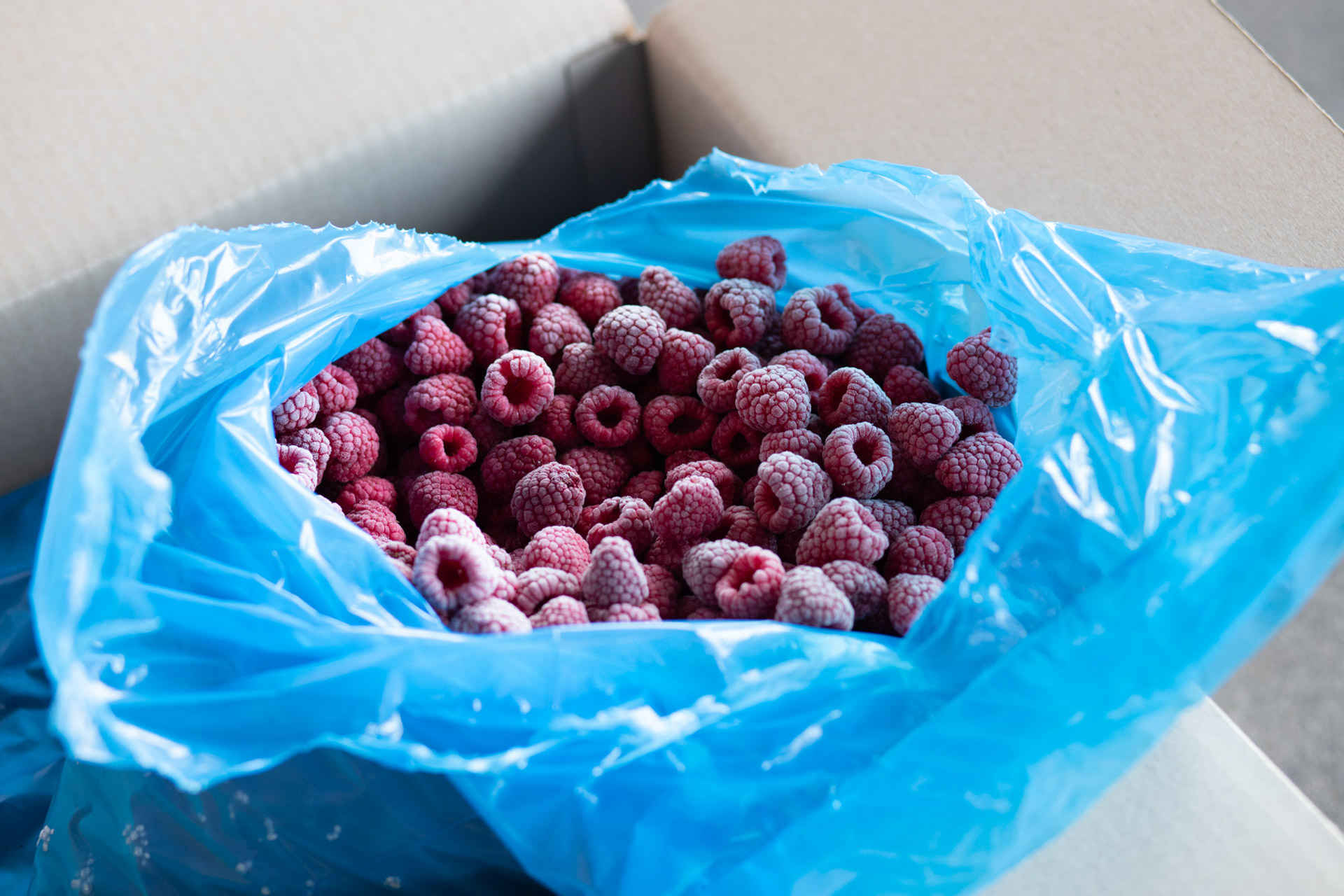
Berries freezing
One of the big enterprises operating in Kniahynynivska Hromada is “Darlisad LTD”, it specializes in freezing and exporting of wild and cultivated berries. The enterprise purchased the land on which stand its warehouses to build a bigger factory with higher capacity for freezing fruit and berries. The head of the enterprise Hryhorii Zeleniuk says that they buy berries from local people that grow them.
— Let’s say some family within 100-300 kilometres radius has planted near their house a couple of bushes or maybe a couple of hectares of bushes. They have harvested the berries during the day, came here in the evening, sold the berries to us and we froze them quickly. We try to keep our purchase prices very close to our polish competitors’ prices so that people are interested in growing berries. When there was a surplus of raspberries, we didn’t decrease the purchase prices too much because we didn’t want people to get rid of raspberry bushes. When our production is going to work in its full capacity and all surrounding fields are planted with berries, it will be beneficial for everyone.
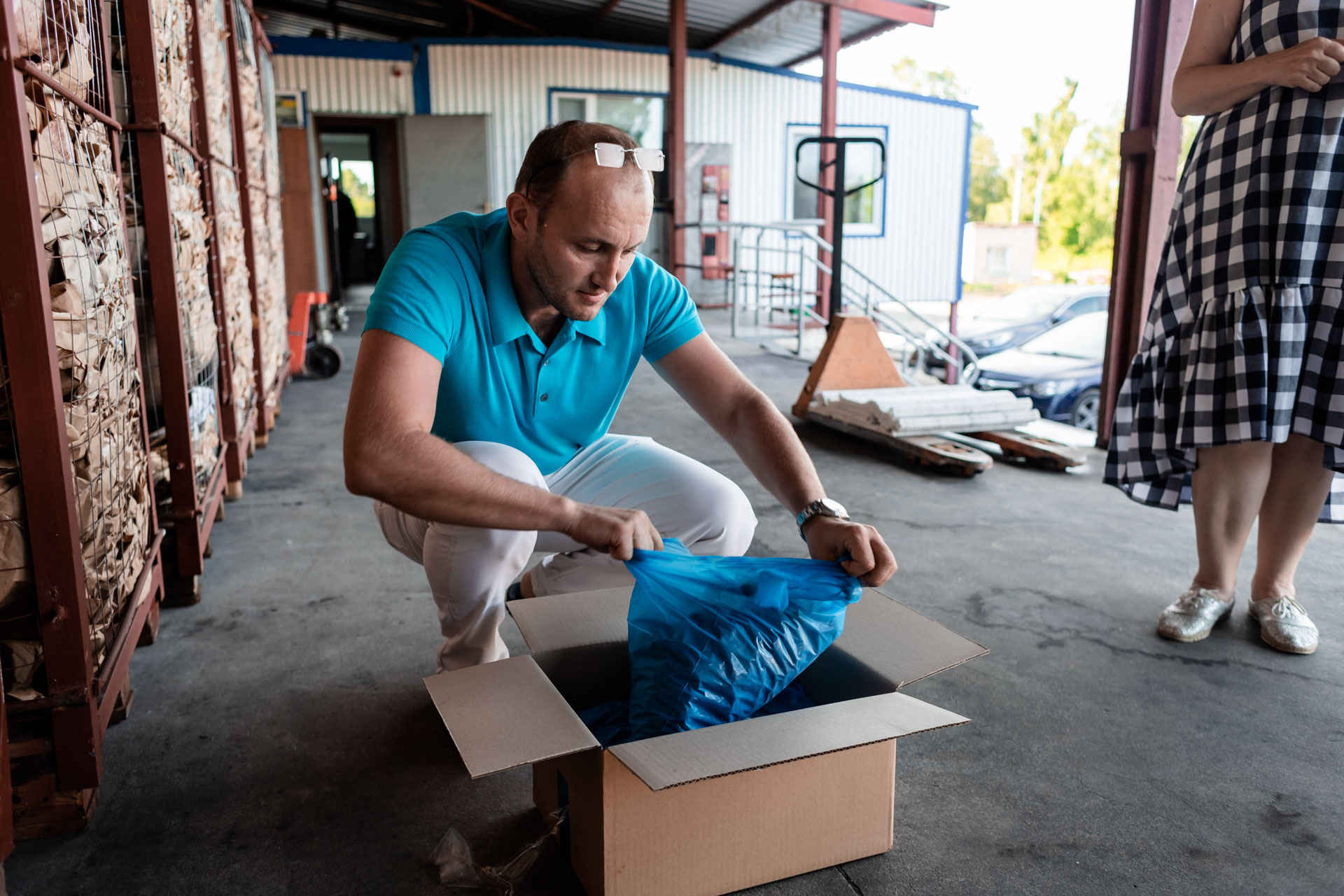
At the “Darlisad” facility there are different sorting lines operated by 70 people. After the big update, the company plans to stock up around 50 thousand of cultivated berries.
— Ukrainian market is too small for us. That’s why we rechanneled our sales to the European market. We export berries to France, Italy, Switzerland, Austria, and Germany. We will try to expand the geography of our clients. We are very interested in the US, Chinese, Australian and New Zealand markets. When our complex is ready it will be easier to negotiate with the clients.
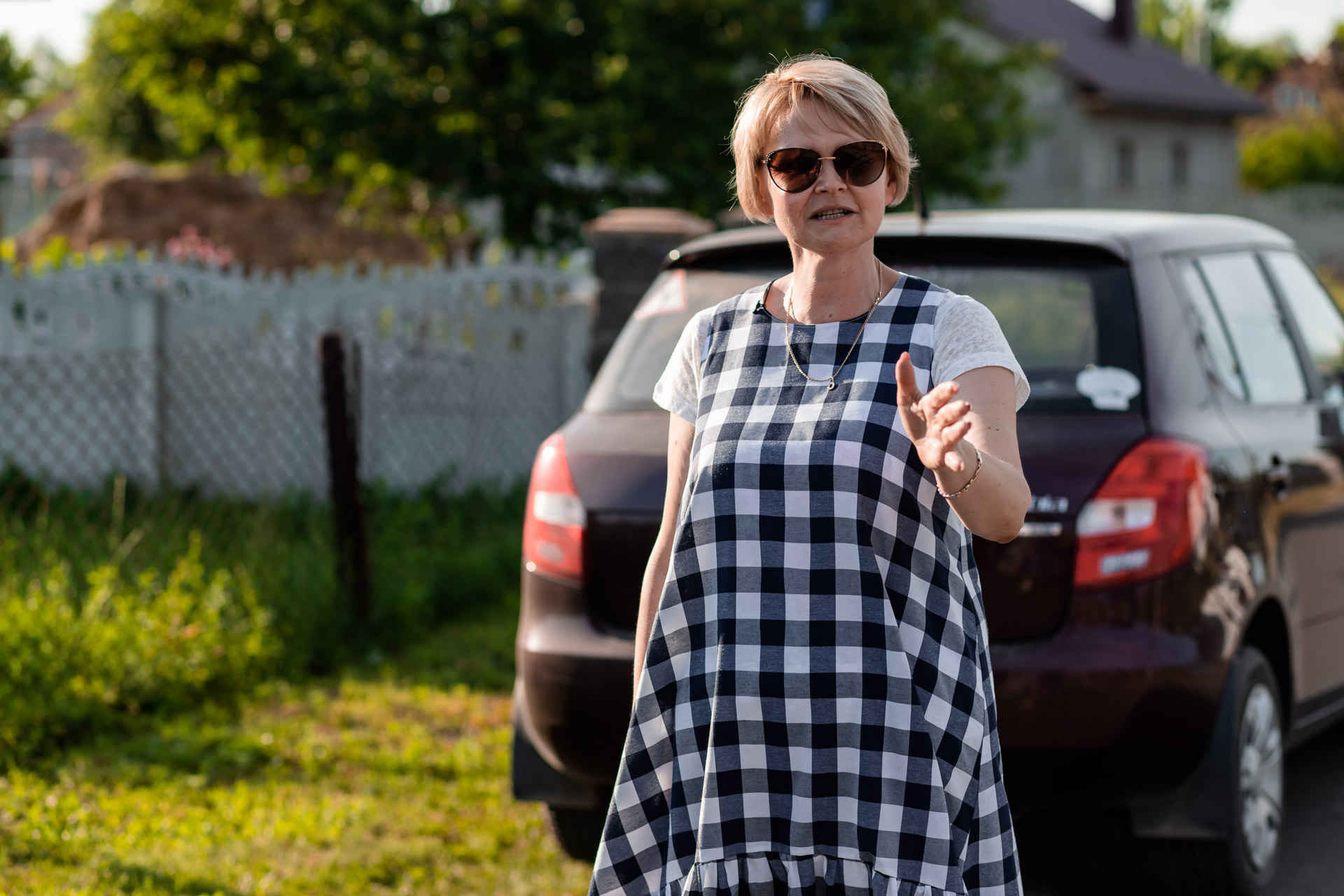
The head of the Kniahynynivska Hromada Olena Tverdokhlib says that the Hromada is interested in the development of berries cultivation and provides support to the inhabitants at the early stages of the process. Besides, the expansion of the factory will create additional workplaces.
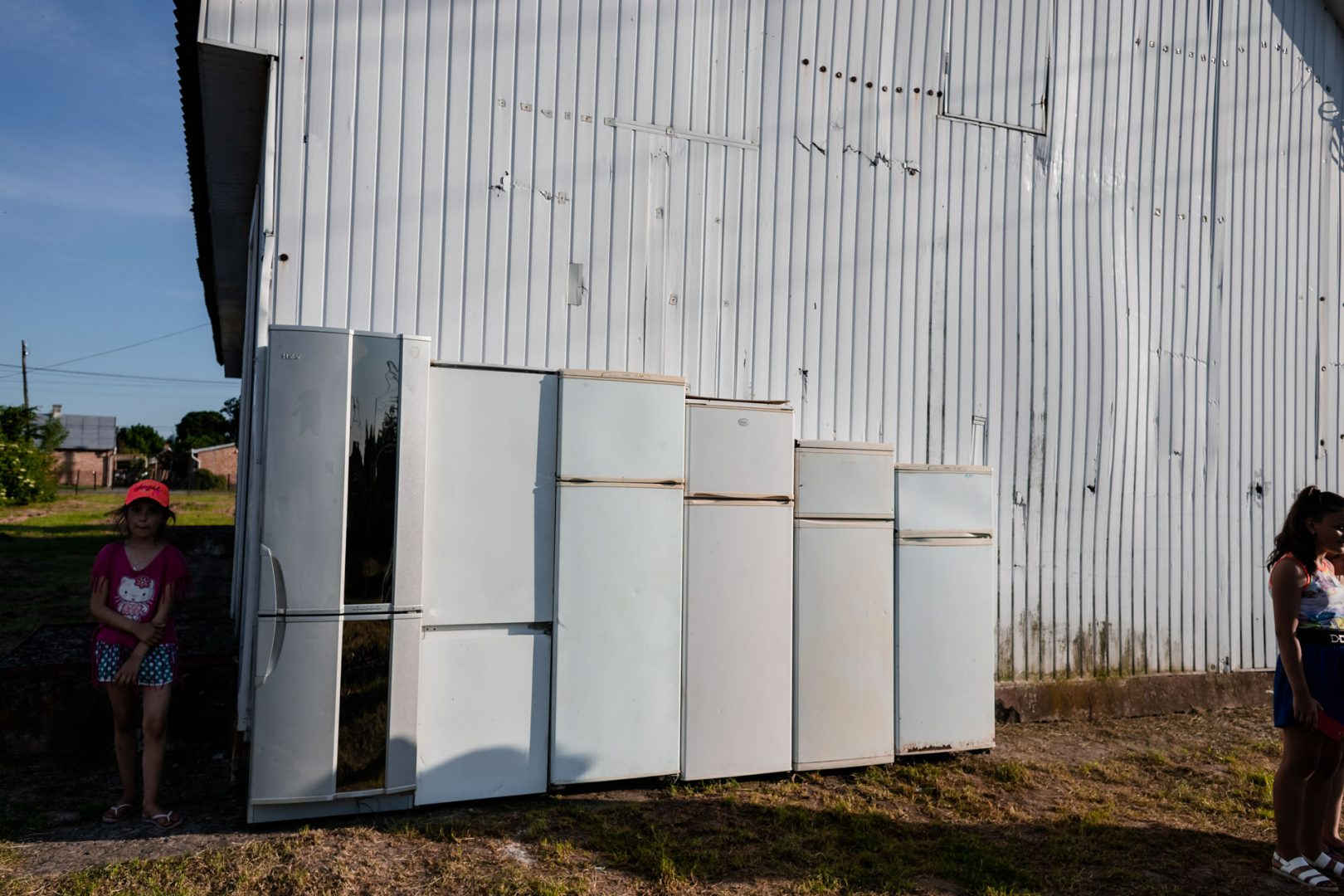
Street library
Oksana Halushko and Halyna Harbaruk, local volunteers, have opened an unusual street library near the local community club in the village Syrnyky. The books are kept in old fridges and you can read them sitting in a retro car. The authors of the project won 7 thousand UAH to implement the project “Village reading room”. They printed a big banner that is now on the side of the community club. The other portion of the funds they collected with the help of the community. For the street library, they found six old refrigerators and decorated them, they also found an old car at the scrap metal yard, cleaned it, and puttied it. One of the project authors, the village council deputy Halyna Harbaruk says that projects like this build a modern history of the village.
— There are no big enterprises in the village and we want to promote it in some way and to attract investors here. We try to build a brand for our village using its tasty name Syrnyky (“syrnyky” stands for cottage cheese patties, traditional Ukrainian dish, usually made sweet and served with sour cream). We organize events where we treat everyone with cottage cheese patties and this time we decided to treat everyone with food for thought. We want reading to become popular.
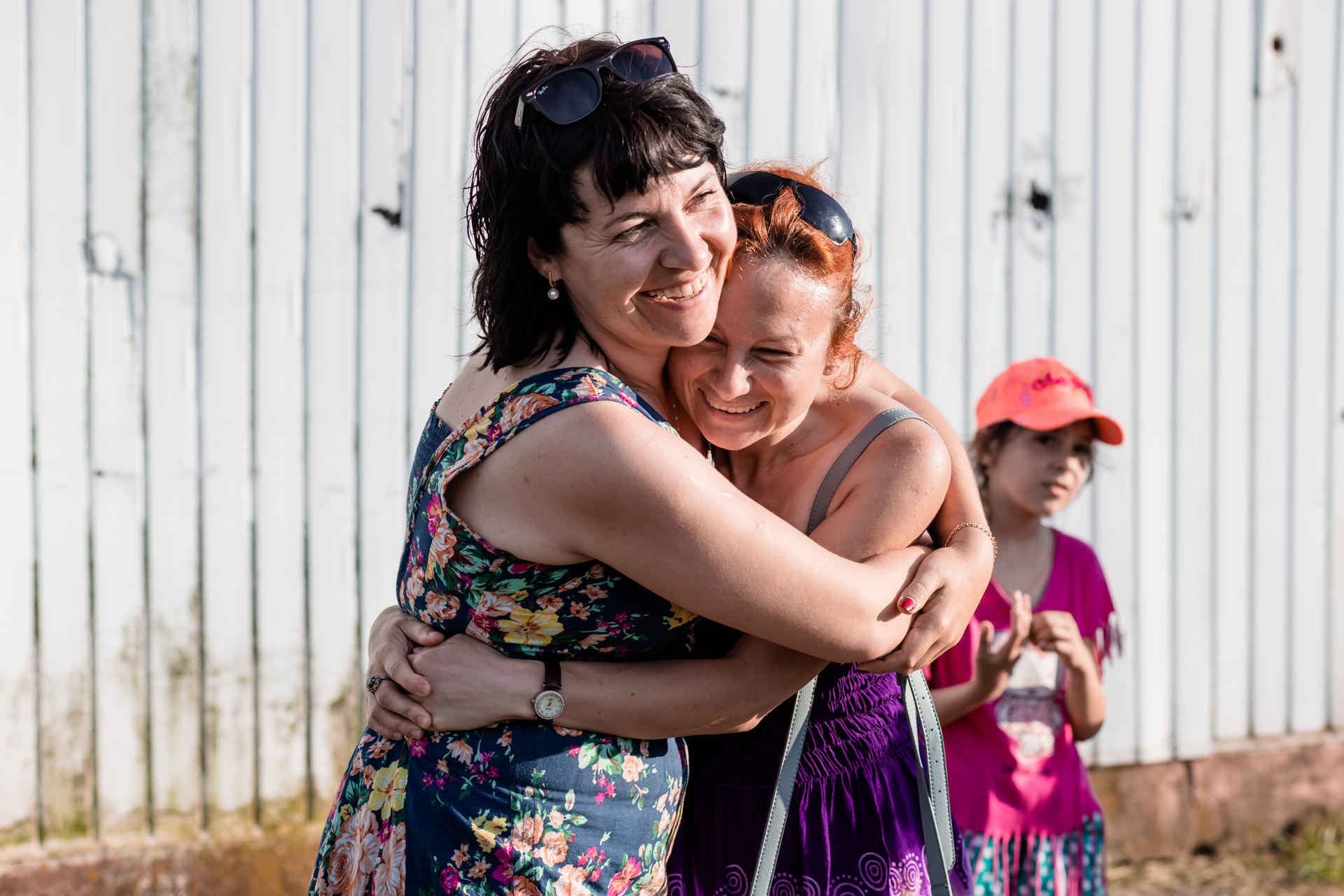
Local inhabitants that joined the creation of the library, volunteered to help with the project. Halyna Harbaruk tells us that the Syrnyky villagers have an online-chat where they can ask for help.
— We had different cases: somebody needed a plasterer, right at that moment. So we wrote a message in the chat and a plasterer showed up and helped out. It’s great! There are drastic changes in the village. Earlier we hardly had any street lamps working, now the whole village has lighting and the infrastructure is developing. We don’t have a school or a kindergarten but our local medical and obstetric centre has new equipment. It’s the beginning.
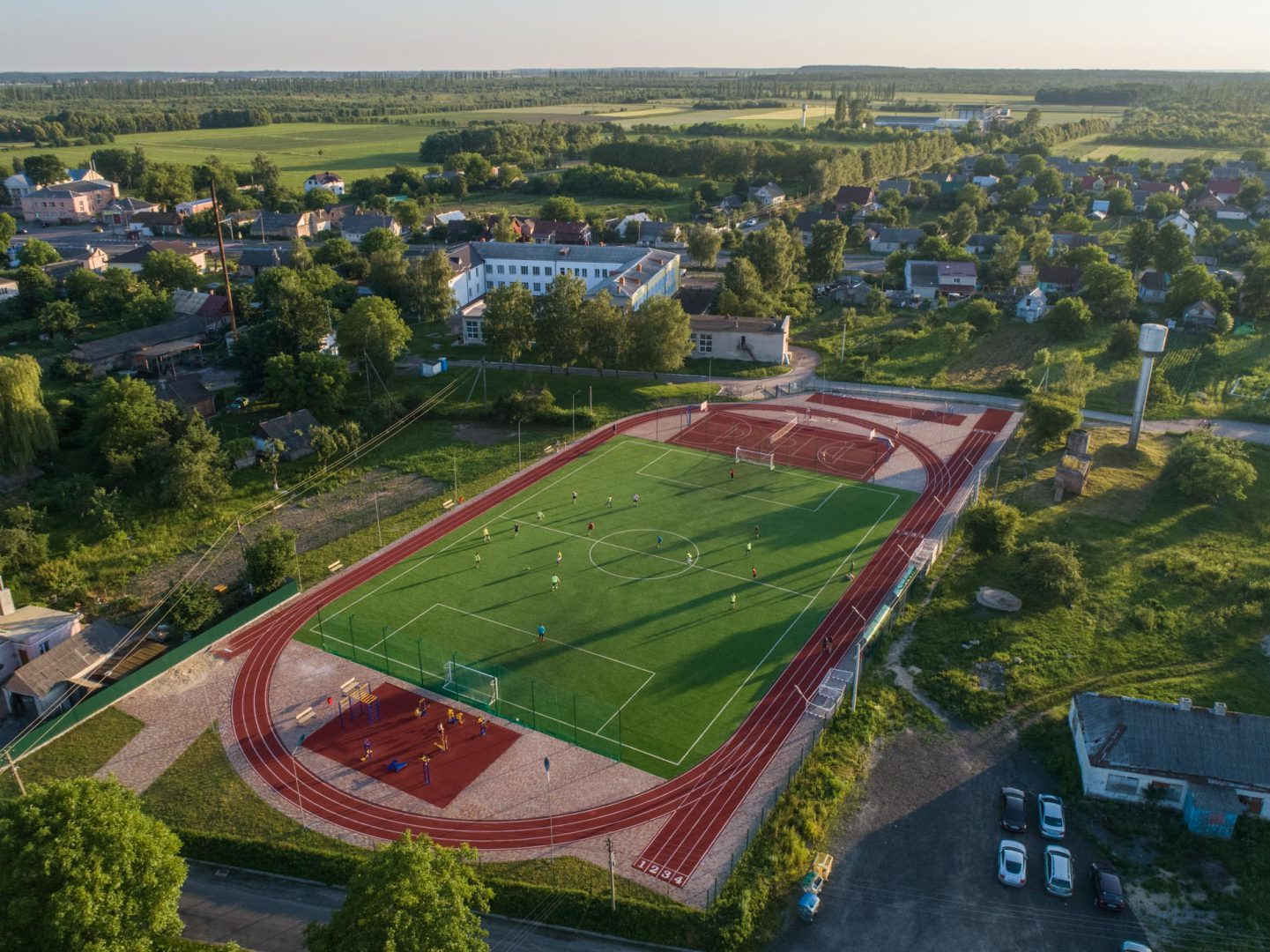
Modern Stadium
In the village Kniahynynok, the Hromada equipped a modern school stadium. They build a soccer field with artificial turf, basketball and volleyball courts, athletic tracks, trim trail and purchased outside gym machines. The head of the Hromada Olena Tverdokhlib says that the stadium was built using only Hromada funds.
— Last year we fixed fewer roads because we accumulated all the money for this project. If children and youth used to roam around or spend time in cafes before, now they prefer to exercise. I didn’t know they were into sports this much. We have decided to purchase two more soccer goals so that the field could be split and more teams could exercise simultaneously.
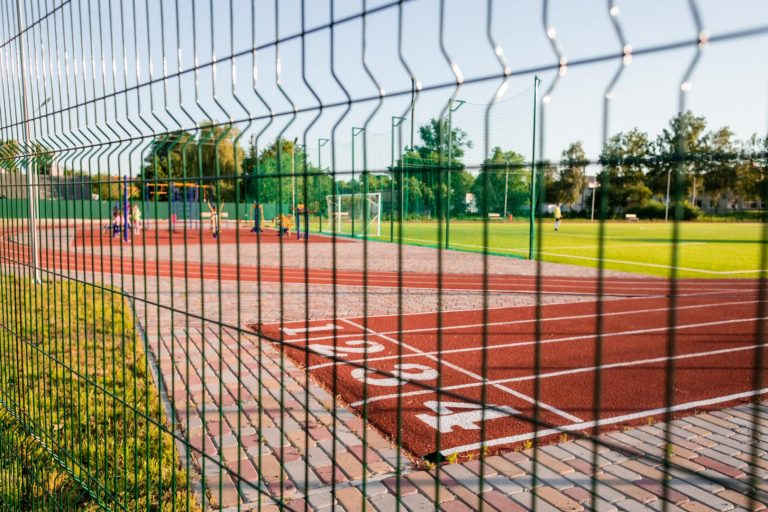
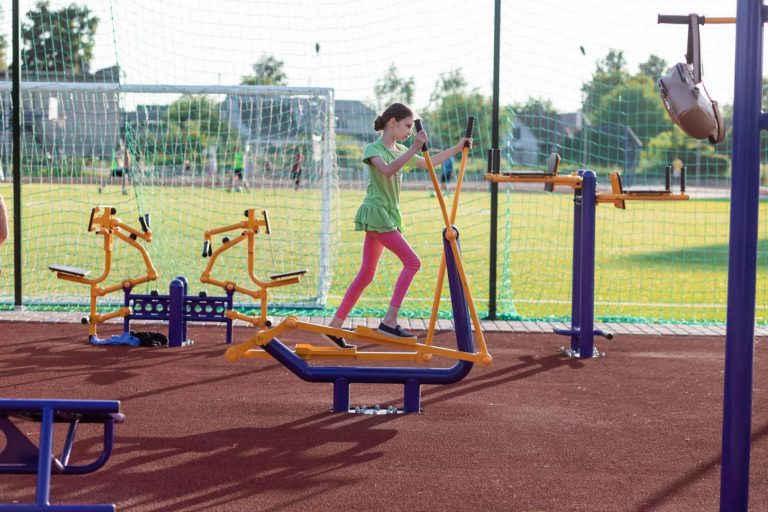
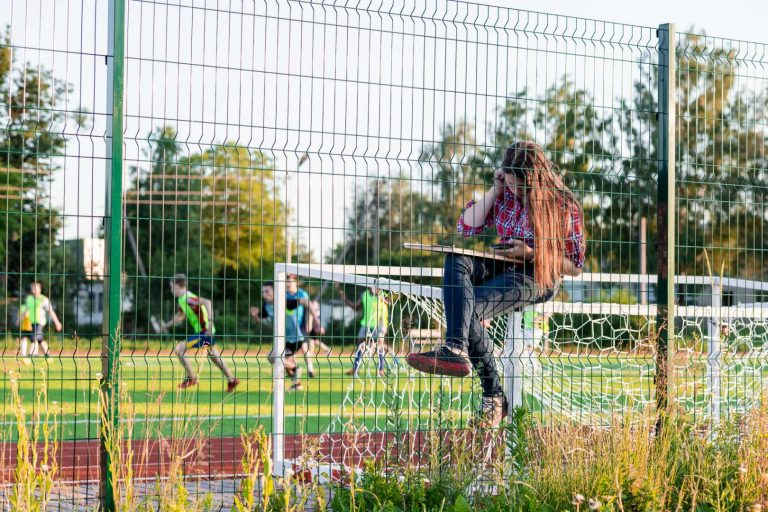
slideshow
The construction of the stadium began in May 2018 and in September we opened it to the public. Both children and adults can exercise here according to a schedule.
— On weekend mornings the elderly members of the Hromada exercise at the stadium. The stadium keeper used to work as a teacher of physical education and now he has formed a health group. He came up with a special program for the 60+ people that have certain health issues and they exercise together. In the mornings there are a lot of young mothers that want to get back in shape. People communicate and come to watch football training. It is turning into a community center.
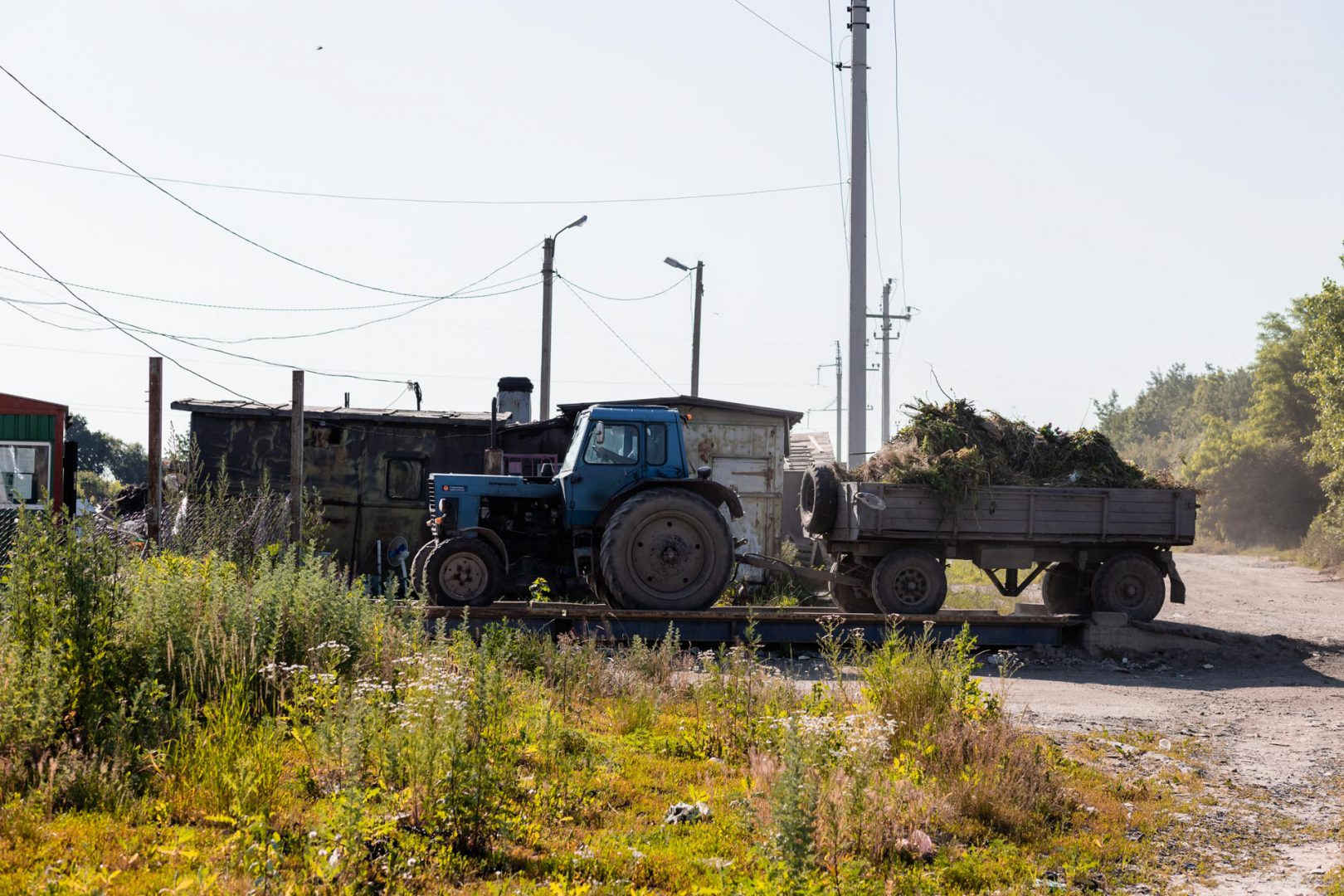
Wastes management
A landfill that collects solid domestic wastes from Lutsk and nearby villages is located in the village Bryshche, which is part of the Kniahynynivska Hromada. A biogas unit started operating in spring 2018 next to the landfill. It extracts biogas from wastes, burns it and produces electricity. This technology is not just profitable but also environmentally friendly. This kind of disposal does not produce methane that can poison soil or even ignite. The project manager of the Hromada Serhii Uzhehov tells us that the amount of wastes at the landfill is monitored and controlled. Every garbage truck is weighed at the entrance and the exit and the weight difference tells the tonnage of wastes.
— The landfill is located on the territory of the Hromada but it is let out to the city (Lutsk – author). The owner signs agreements with the companies that extract biogas and recycle the PET bottles and things alike. The city hall pays us feasible rent that we use for the needs of the Hromada. We are constantly looking for new ideas, we are interested in many things, we introduce some know-hows to Ukraine and implement them, I hope we do it successfully.
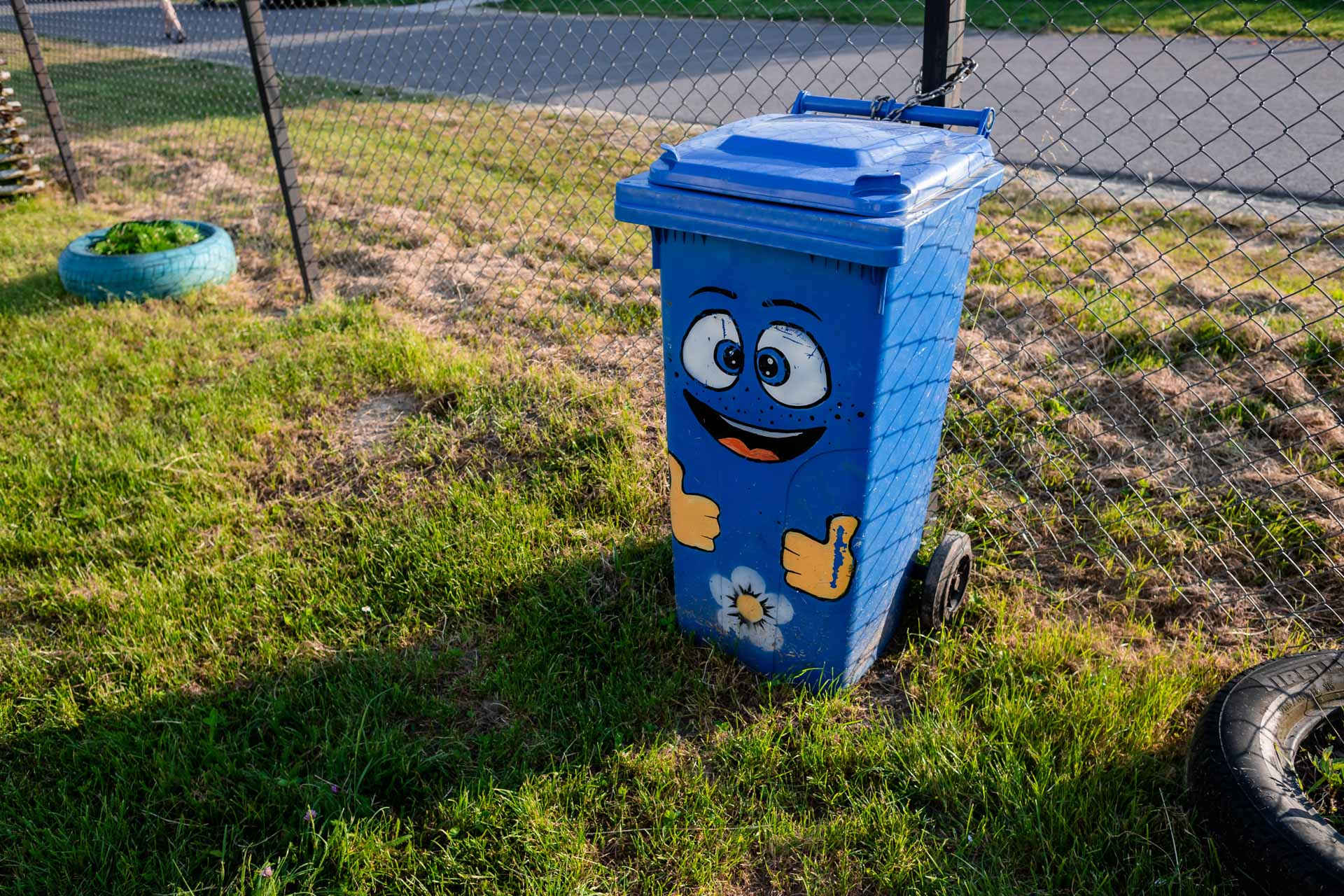
The majority of the Hromada villages have bins for separate collection of waste. The wastes, except the mixed type, are sorted into glass, paper and cardboard, and PET bottles. The village council issues a monthly newspaper that is distributed to each house. The newspaper informs about the necessity of sorting wastes and explains how to do it.
After sorting the wastes get baled and sent for recycling to private contractors. The head of the Hromada Olena Tverdokhlib says that the region does not have a well-run system of garbage recycling that’s why the Hromada is interested in cooperation with local entrepreneurs that collect wastes in villages and take for recycling in Kyiv.
— Initially, people’s attitude was more like “we have too many other problems and sorting garbage is just on top of everything else”. However, after a while, I noticed that the bins get filled out. Sometimes they still put all garbage together unconsciously. Though people get used to innovation and apply for more bins. They come to us and tell us about their experience in Holland or Sweden. We deal with this problem taking into account local conditions. We are moving in the right direction and that’s what counts.
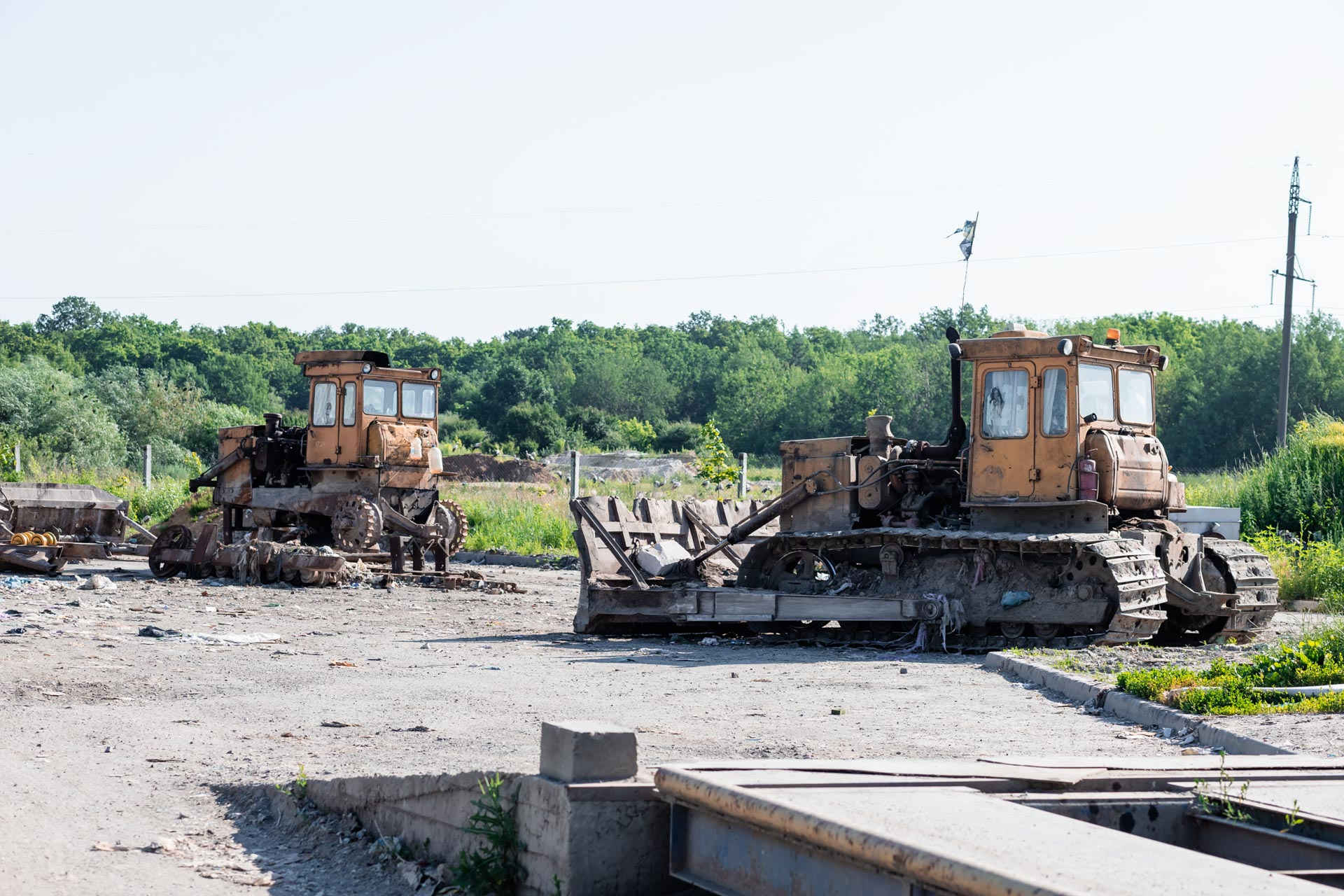
At the end of 2017, the Hromada has approved a plan of community sanitation measures in the villages. Olena Tverdokhlib says that due to the plan they know where the waste bins have to be located, what number of people can use them and how often the garbage has to be taken out.
— We purchased a garbage truck to transport different types of garbage. It’s a bit expensive because we have to fill the truck with gas three times. But it is worth it because children playing nearby at the playground notice that the truck takes away only plastic, for example, and not everything together. That’s why it makes sense to rinse a plastic bottle and bring it here. The children start teaching their parents about garbage sorting.

